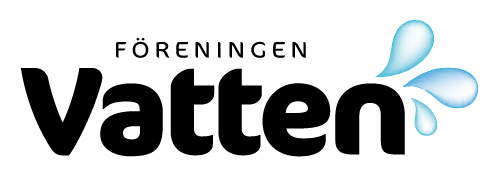Identifiering av skyddsvärde och skada hos vattenförekomster i samband med föroreningspåverkan / Identification of protective value and damage of waters, caused by contaminating substances
Uncontaminated water is essential for life. That is a fact that ought to be a sufficient argument for groundwater aquifers and surface water resources to be considered as worth protecting from contamination. Despite this, numerous of contrarious interests exist that might lead to contamination of water. In this article it is discussed, that the type […]
Avoiding natural disaster in megacities – Case study for Urban Drainage of Mumbai / Att undvika naturkatastrofer i megastäder – Fallstudie av dagvattensystem i Mumbai
“Nature’s fury, Man’s folly!” As people of Mumbai were getting ready for work and children’s for school on morning of 26 July 2005, they had no idea what is coming for them in next 48 hours. It rained heavily leading to massive floods and other related damages to life and property. We still are helpless […]
Monitoring quality of water intended for human consumption in Romania; Determination of NOM fractions and BDOC
An investigation has been performed to monitor the raw and drinking water quality in the Romanian counties Calarasi and Braila in the south-east of Romania. As a part of this investigation, fractioning of the natural organic matter (NOM) and determination of the regrowth potential as biodegradable organic matter (BDOC) has been performed. The plants treating […]
Integrerad kustzonsförvaltning i Skåne – Förslag till förbättringar / Integrated Coastal Zone Management in Scania – Suggestions for improvements
In Scania there are 33 municipalities where 16 of these are located along the coast. Integrated Coastal Zone Management, ICZM, has been regarded as an effective and necessary strategy for maintaining the coast. Many of the activities in the coastal area are controlled by the Swedish Planning and Building act, PBL, which from some perspectives […]
Synpunkter på vattenförsörjning i nordisk forntid, med exempel från Uppåkra / Aspects of ancient water supply in Scandinavia, with examples from Uppåkra
Water supply must be solved in any habitat, whatever size. In the paper, some examples of water supply strategies are presented for ancient settlements, particularly in Scandinavia and with special focus on the large iron age settlement in Uppåkra in Scania, that has been inhabited during at least 1100 years. The results indicate that the […]
Vingklippt vattenvårdsarbete vid den nya Havs- och Vattenmiljömyndigheten
Lyft inte havsmiljöfrågorna på bekostnad av en effektiv sötvattensförvaltning vid den nya Havs- och Vattenmiljömyndigheten. Håll samman ansvaret för förvaltningen av mark- yt- och grundvatten.
On the distribution of saline groundwater in the Poopó Basin, Central Bolivian Highland
Lake Poopó is a terminal lake of the Bolivian Altiplano, with high salinity and heavy anthropogenic pollution from centuries of extensive mining activity. This study aims to describe how the water quality of groundwater and surface water system in different subwater-sheds of the Lake Poopó varies with geology and hydrology. Measurements of total dissolved solids […]
Biological sludge liquor treatment at municipal wastewater treatment plants – a review
Separate biological treatment of sludge liquor, produced when dewatering digested sludge at wastewater treatment plants, can be favourable in achieving sufficient nitrogen removal. The treatment has the potential to decrease volume requirements and electrical energy and external carbon consumption. The characteristics of sludge liquor (high temperature, high ammonium concentration, low COD:N ratio) support high autotrophic […]
